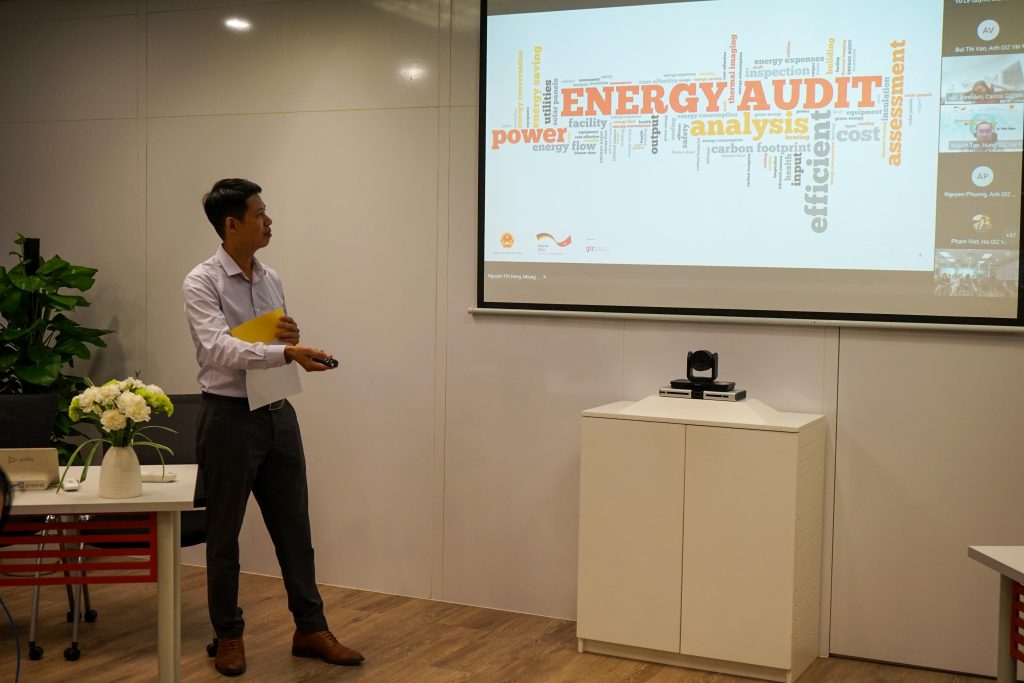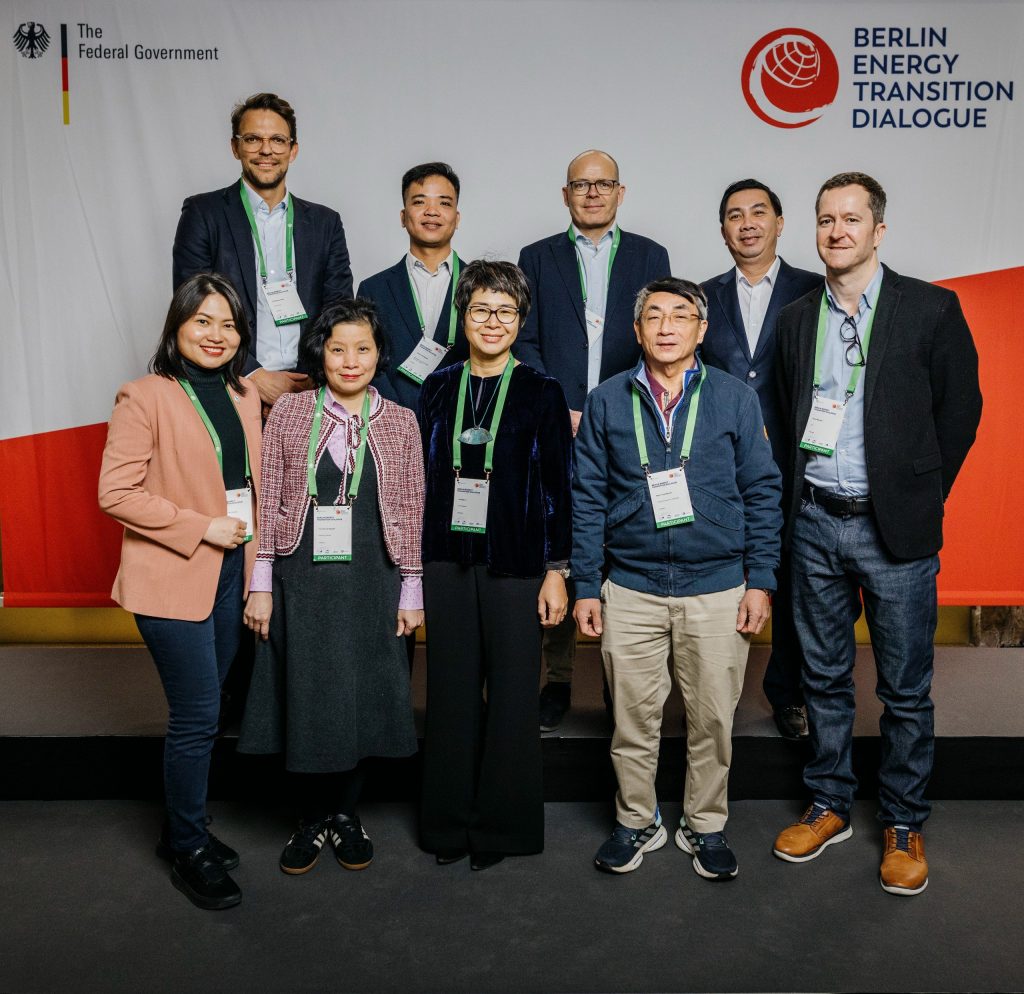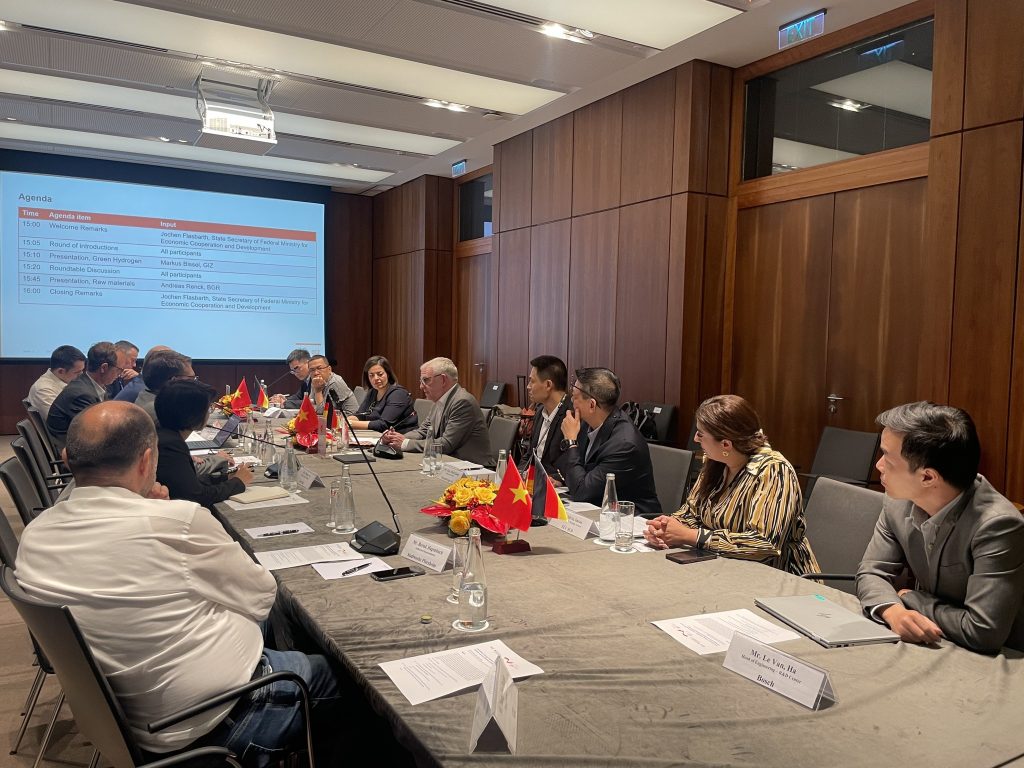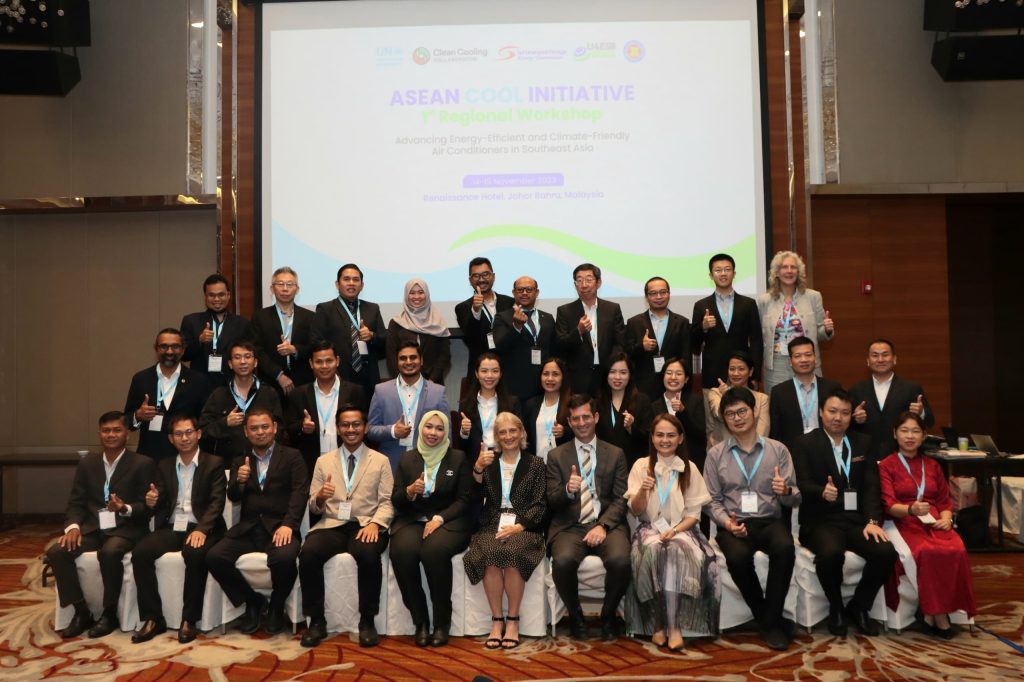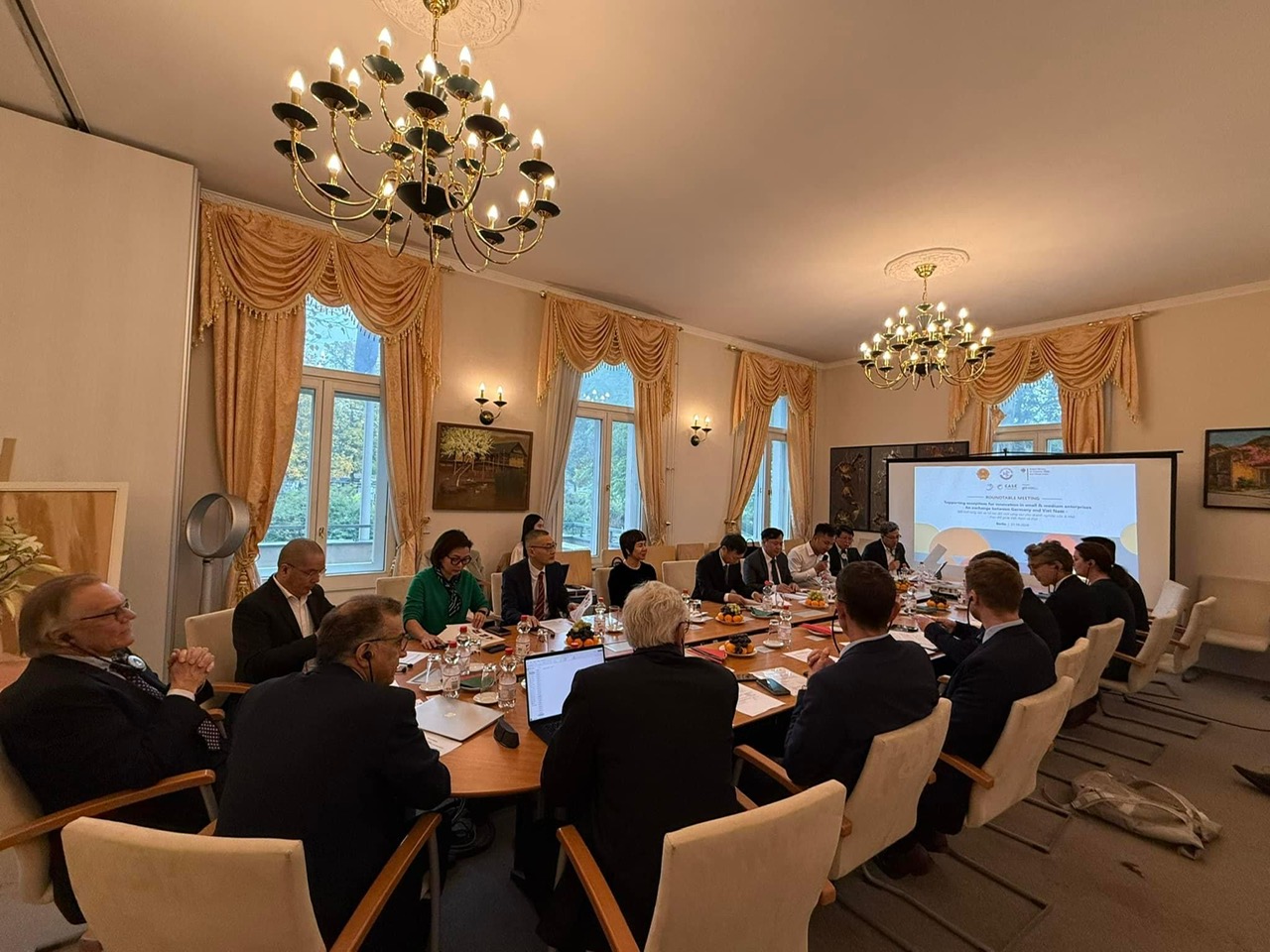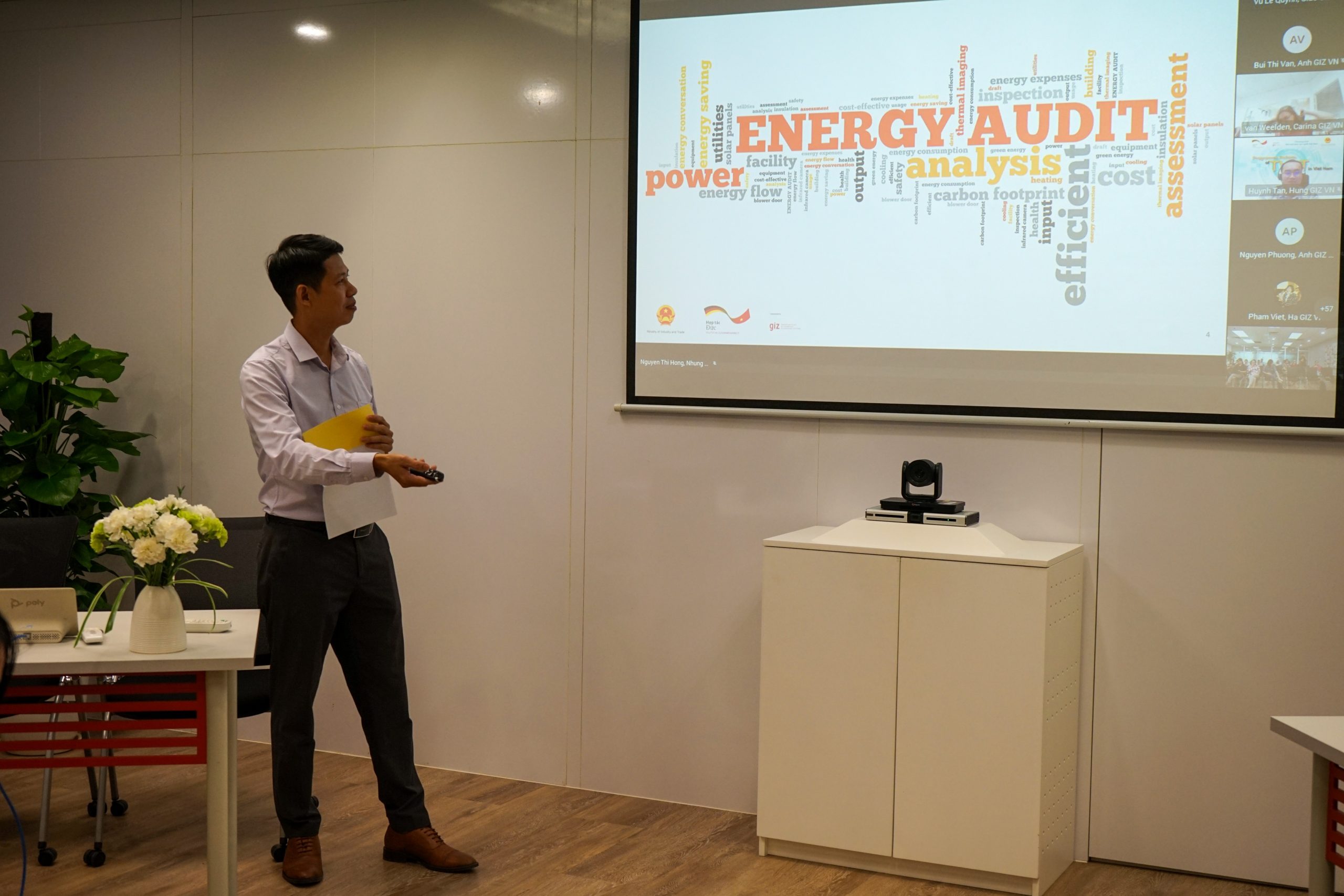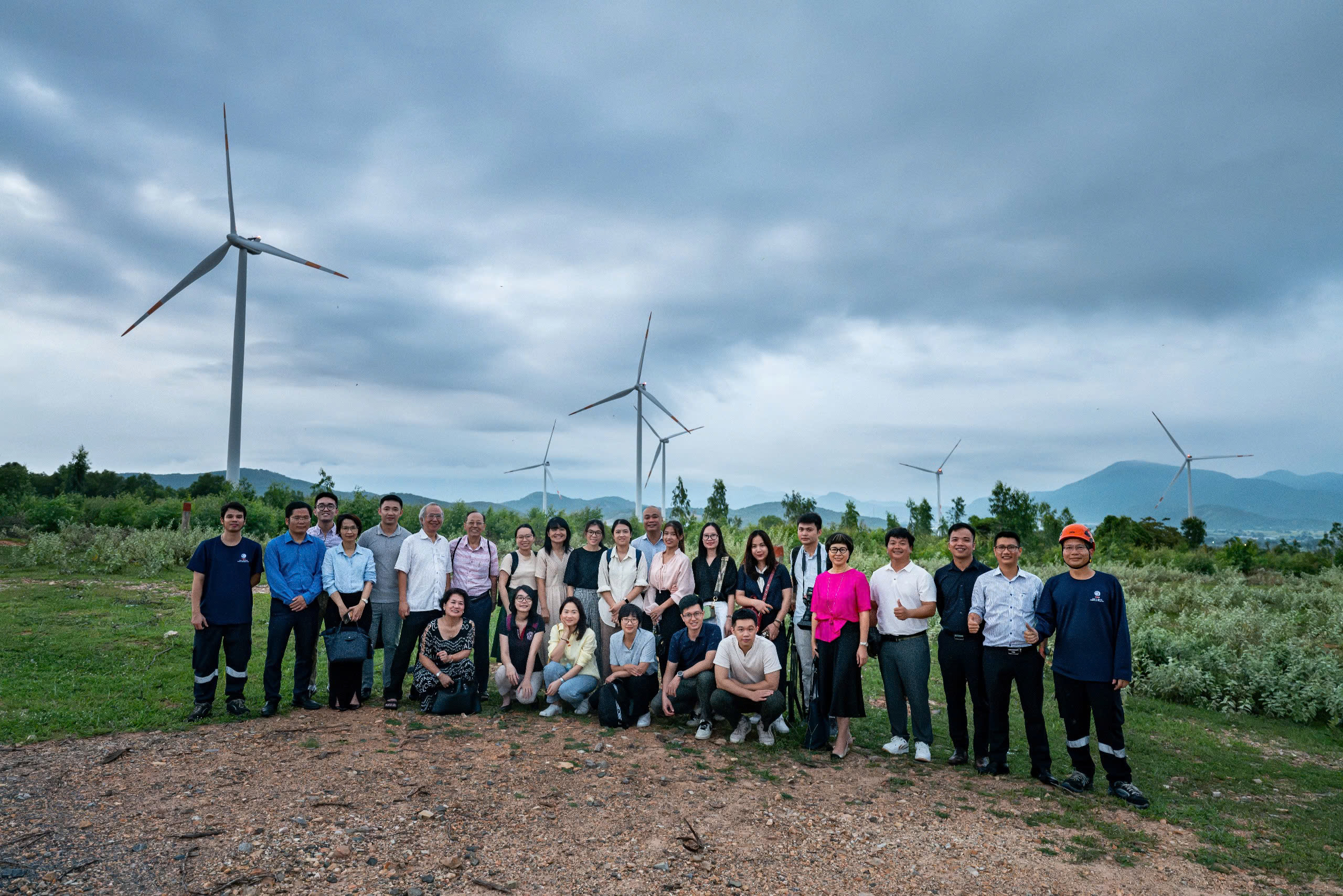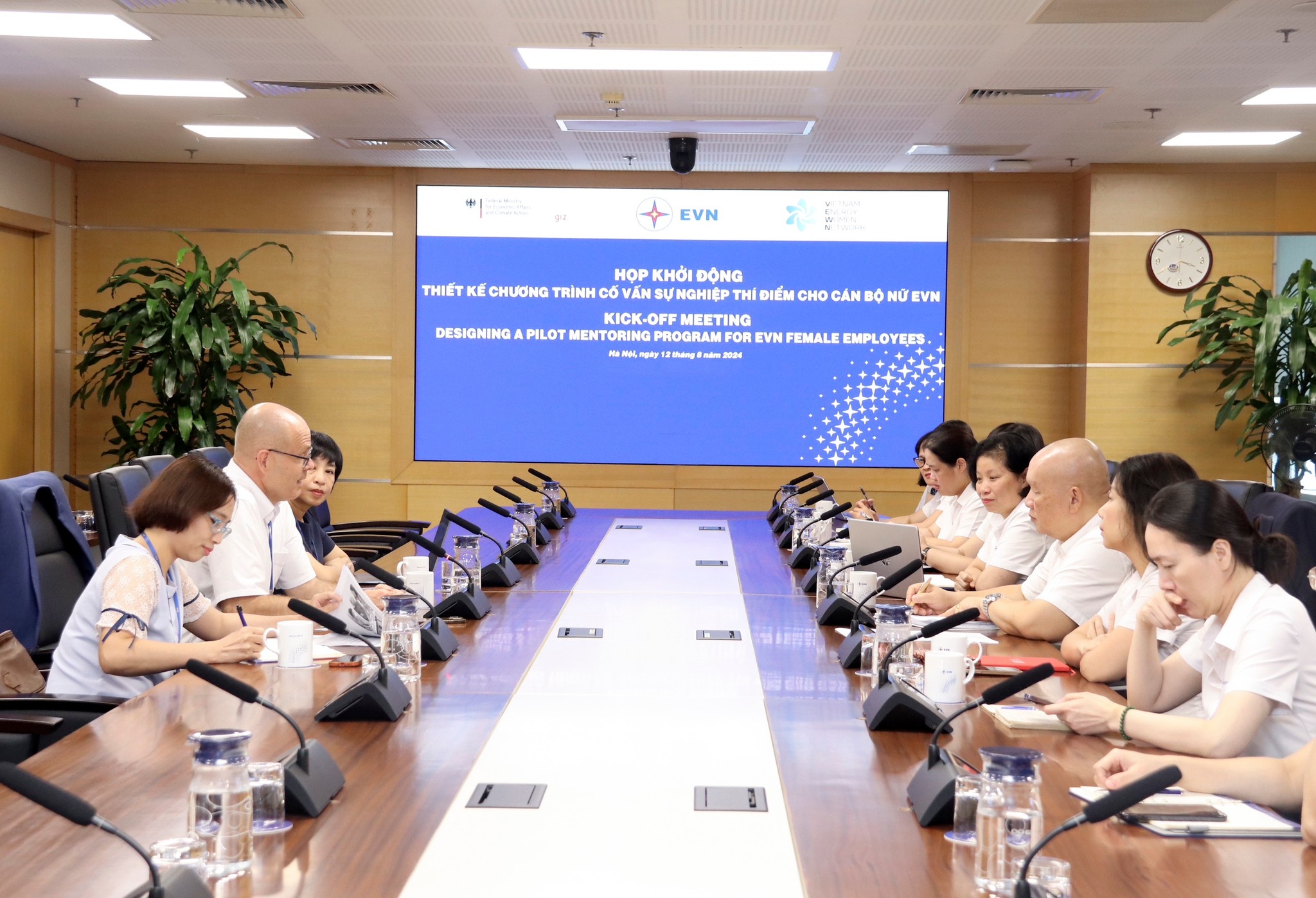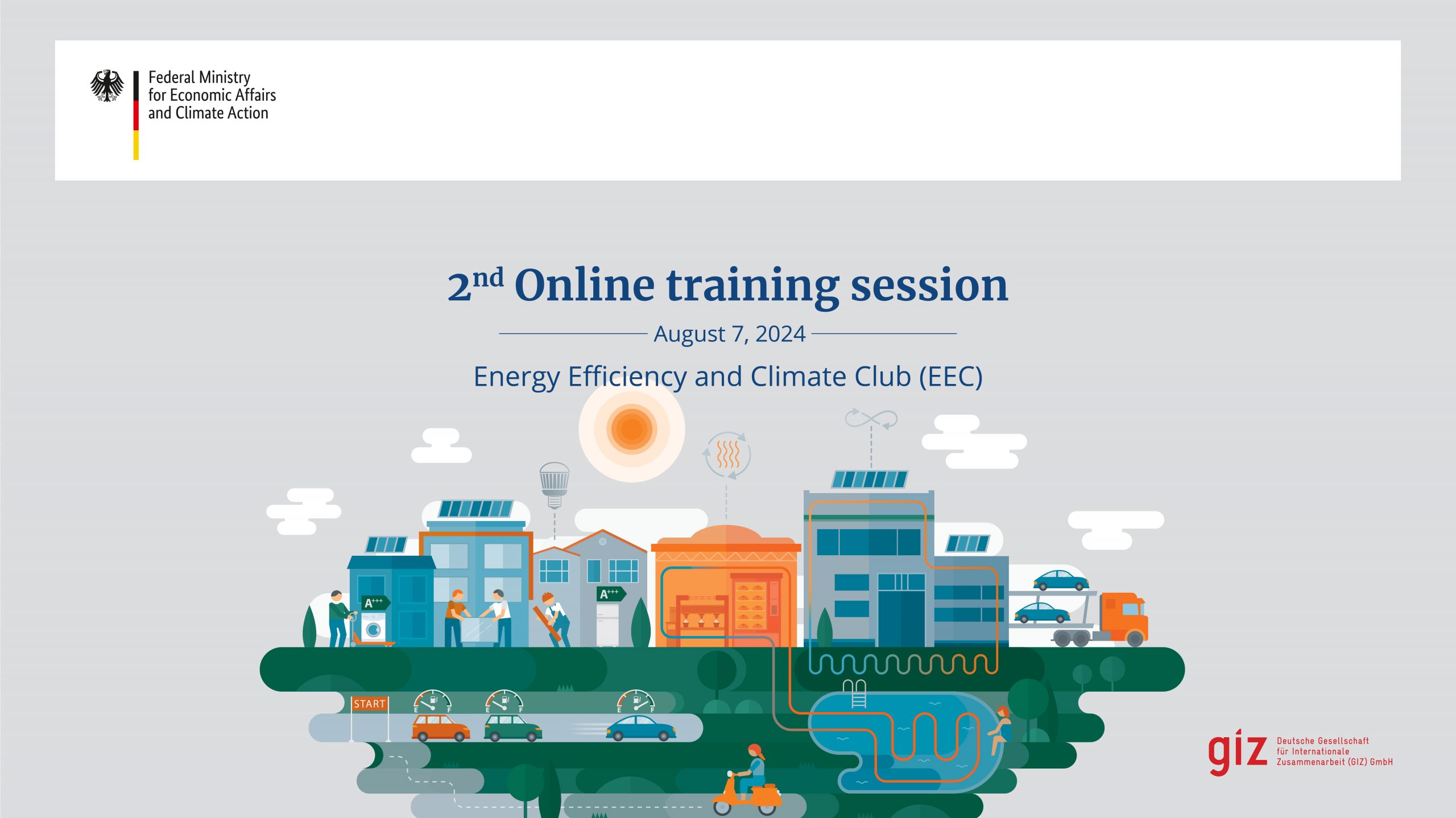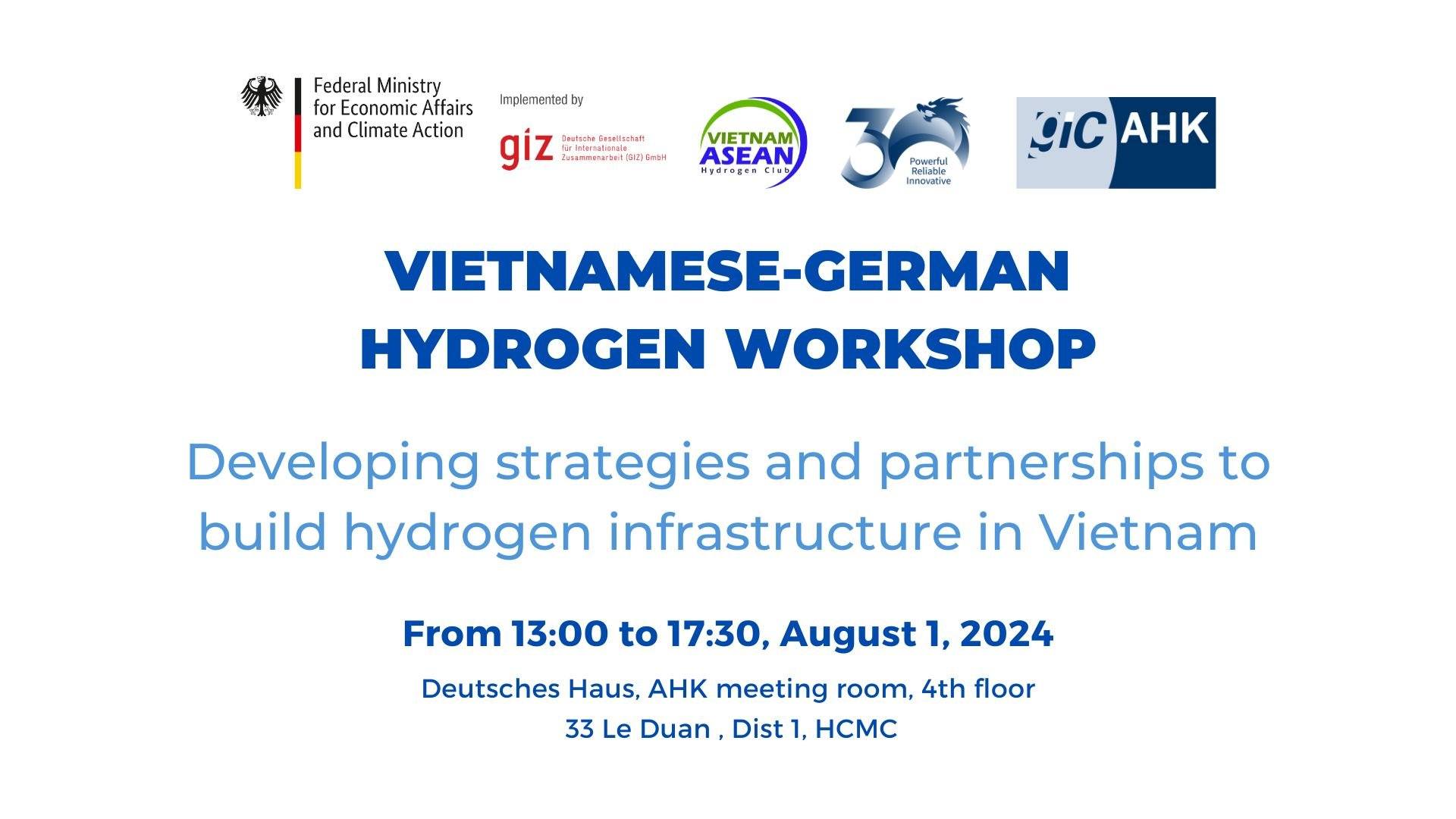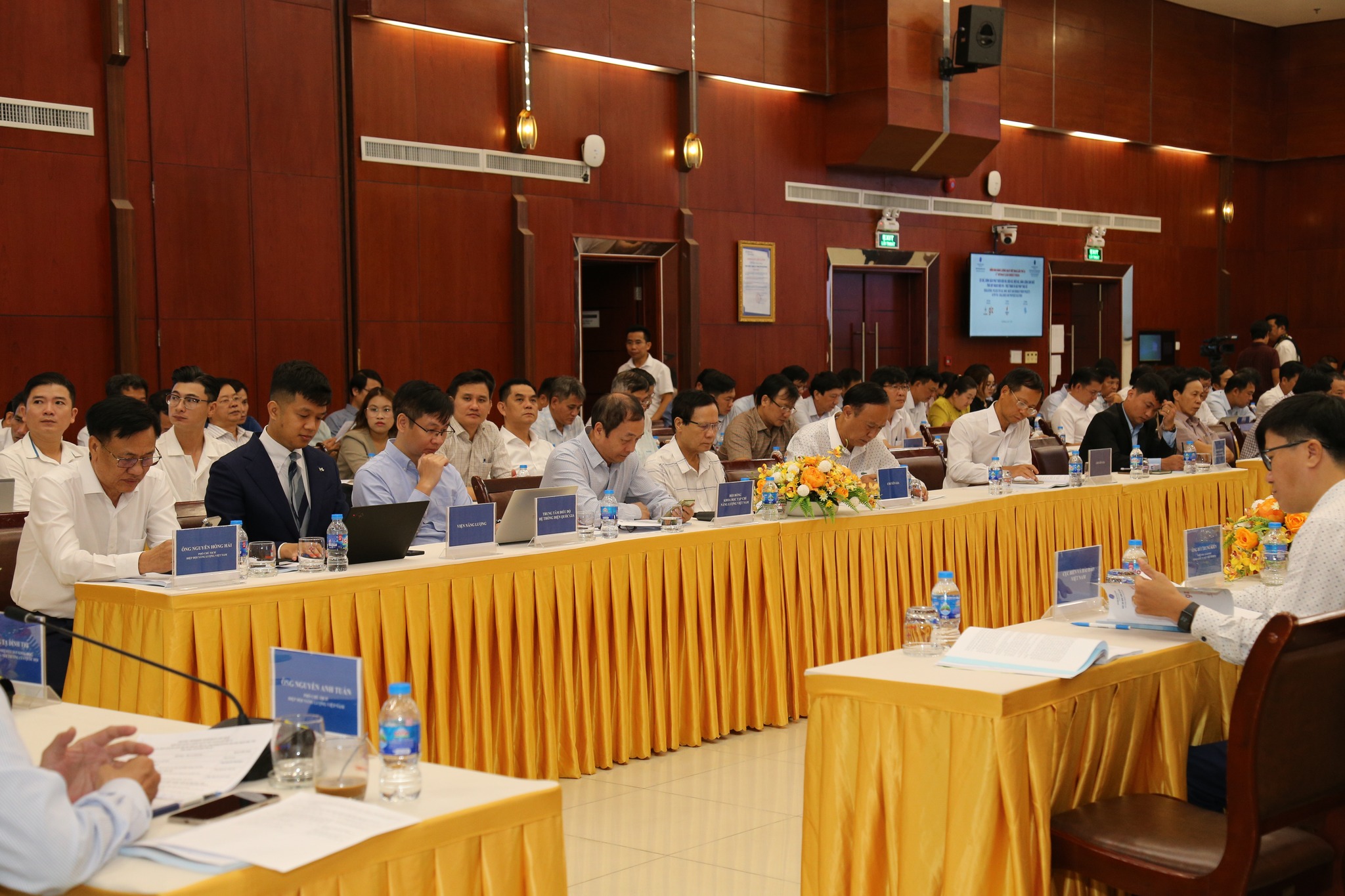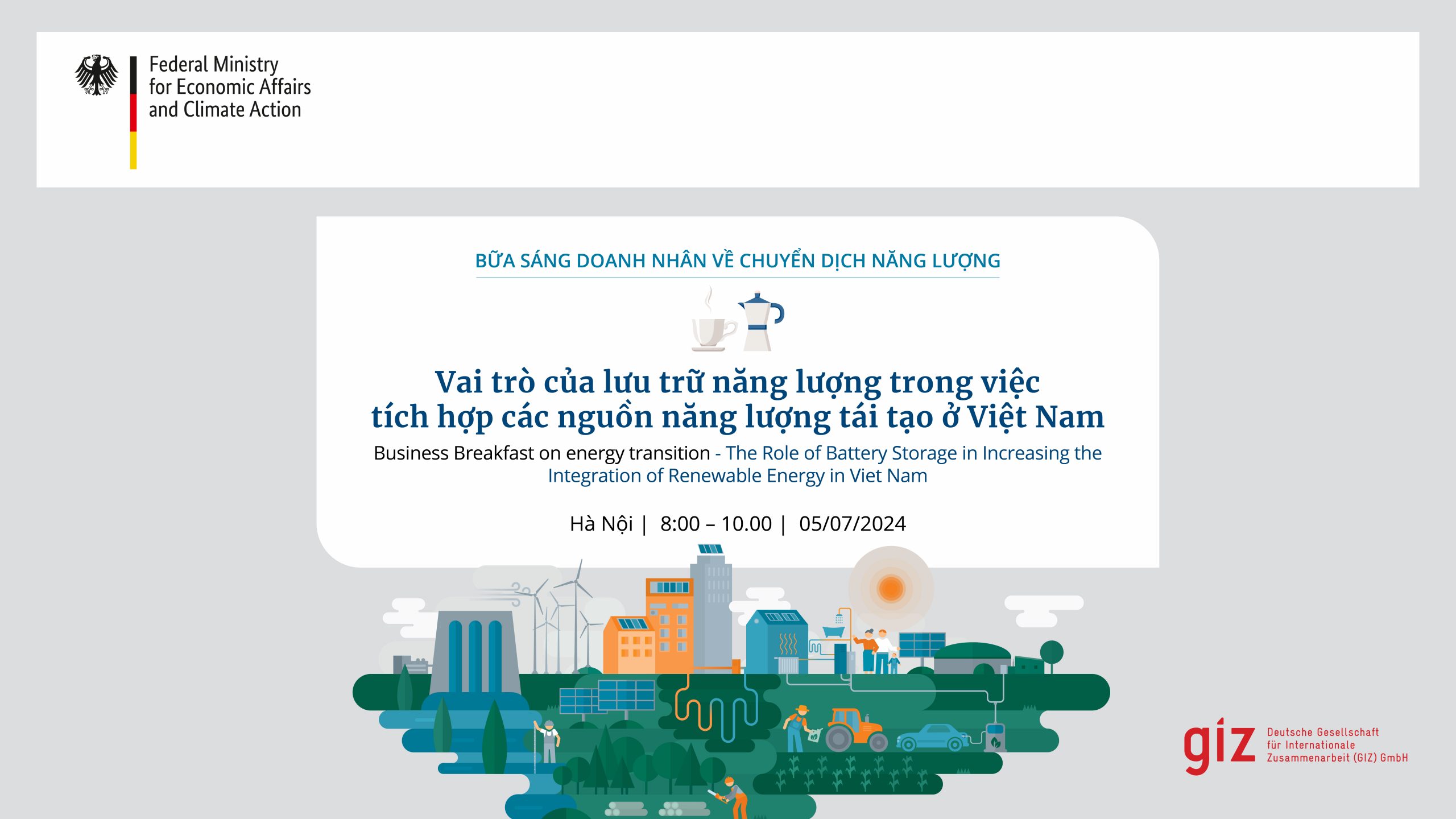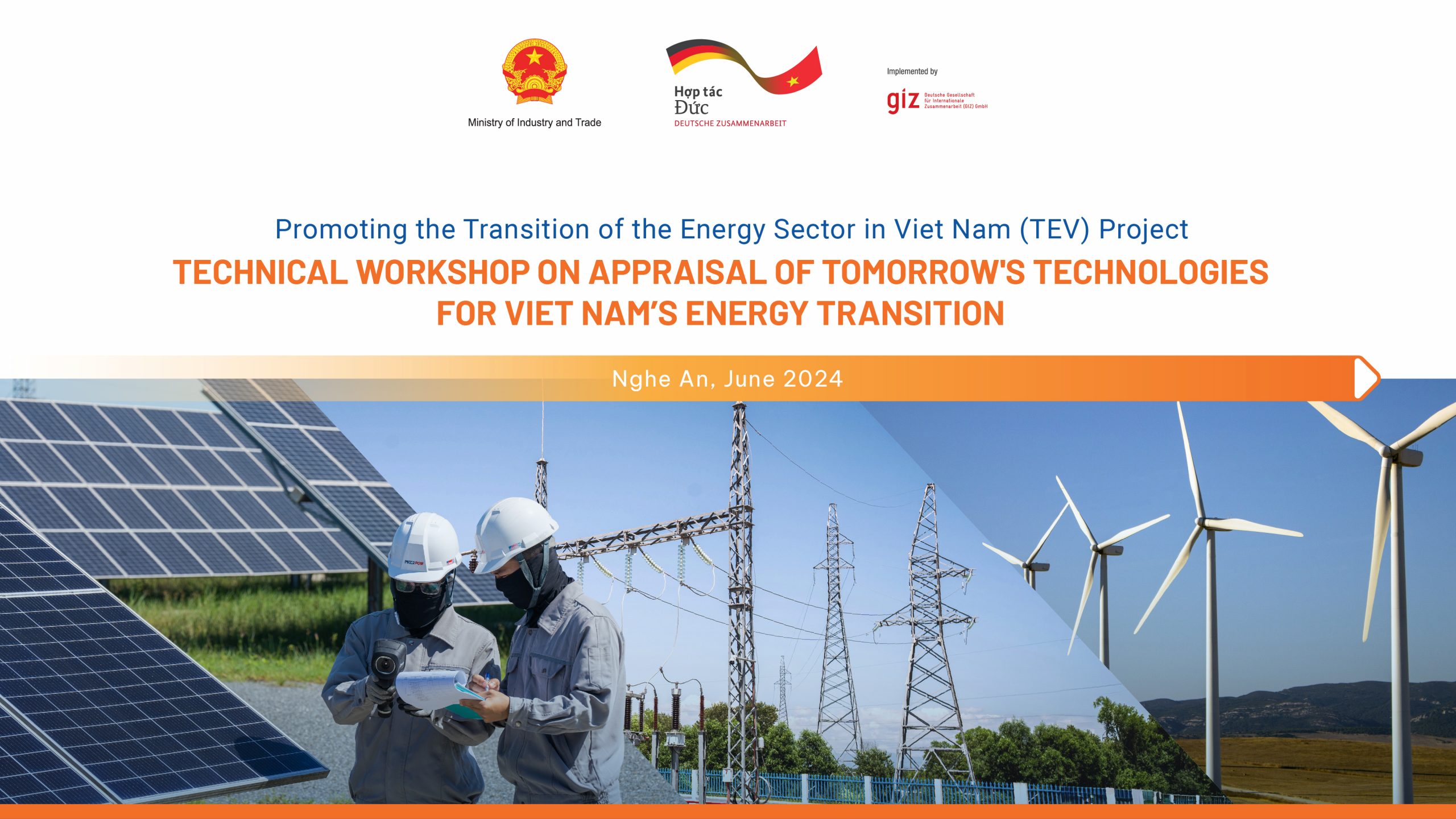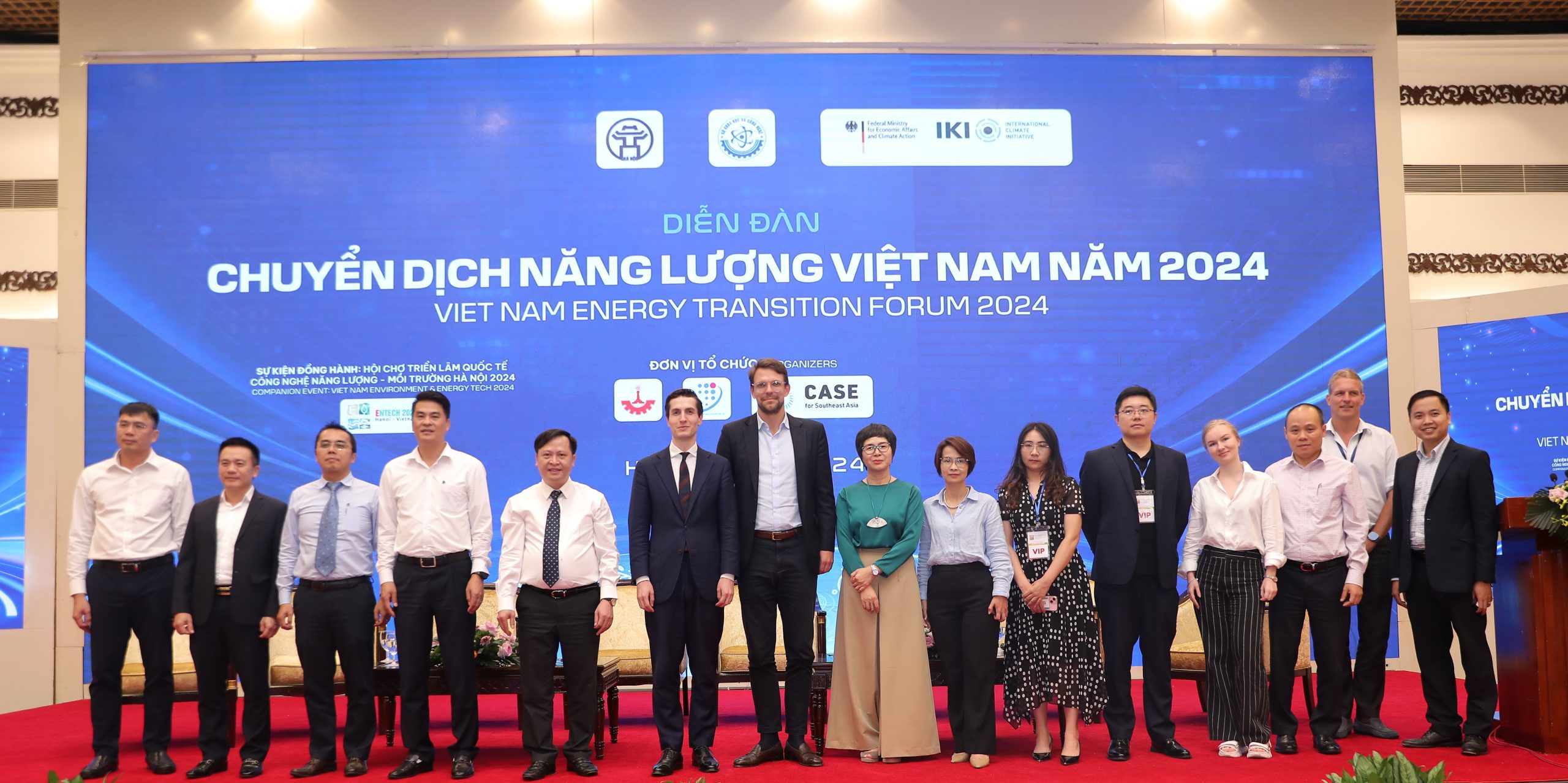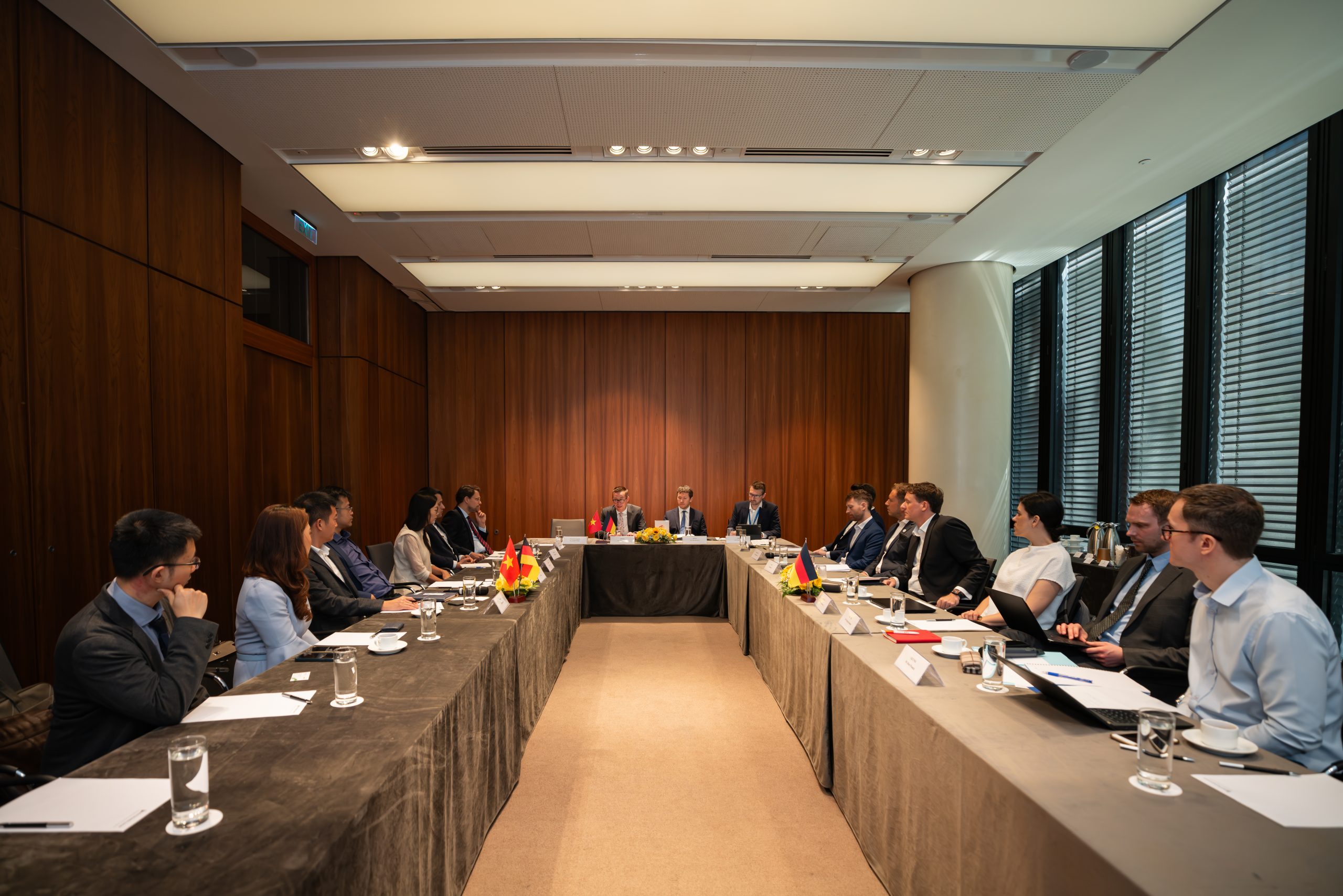At the workshop on September 30, 2021, Dr. David Jacobs – Director of IET Consulting, GIZ expert shared Germany’s experience on wind power pricing to promote the deployment of on-shore wind power through auction-based mechanisms, thereby giving assessments on the actual situation of Viet Nam as well as pointing out lessons learned for Vietnam in onshore wind power pricing.
Dr. Jacobs brought the history and evolution of policy and legal framework for wind power in Germany in almost 30 years. To develop a national wind industrial base, the German government adapted Feed-in-tariff (FIT) mechanism since 1990, making Germany one of the first countries to implement FITs globally. Over the last decades, FIT was seen as the optimal choice for empowering project developers and investors to invest in wind power plants. However, after the market went downhill due to various issues caused by the FIT scheme such as unstable connections, unequally planned infrastructure, site disputes, etc., Germany decided to transition to auctions since 2017. Up to now, Germany has basically completed the transition from the FIT pricing mechanism to the auction as Germany is moving away from FIT and toward competitive auctions for onshore wind power projects.
Regarding the experience of price determination, Dr. Jacob referred to a steep decrease in prices due to the high level of competition in the auction rounds of 2017. From a weighted average price of the successful bids of 5.71 ct/kWh in May 2017, prices went down to 4.28 ct/kWh in August 2017 and 3.82 ct/kWh in November 2017. From the experience of Germany, Dr. Jacob pointed out a lesson learned for wind power pricing in Viet Nam that bidders would not disclose their real costs but the costs they think are sufficiently low to win the auction. Auction process should be understood as a dynamic process rather than a static process that participants will observe the market, their competitors, etc. and adjust their bidding behavior accordingly in the following rounds. In the first auction rounds, prices can be expected to be relatively low. In the following auction rounds, prices might increase again depending on the level of competition, availability of land, pipeline of projects, etc. Bidders offer prices close to the ceiling price if there is a lack of competition.
During the presentation, Dr. Jacob also stressed the effectiveness of a mechanism combining the FIT and auction. It is important to emphasize that Feed-in tariffs and auctions are not mutually exclusive. In fact, they can be combined in various ways to make use of each other’s advantages and reduce their difficulties. In some European countries, including Germany, FITs are used for small scale projects while auction scheme are used for large scale projects. This approach is useful since larger scale projects can handle the higher administrative costs related to auctions more easily. At the same time, project developers of larger scale projects are less risk averse and can therefore handle the risk related to auction-based mechanisms. Several countries even have used auction to determine feed-in tariff price levels.
In the case of wind energy in Vietnam, Dr. Jacob concluded that participation of small-scale actors such as community owned wind power projects is currently not an important policy objective in Vietnam. The Vietnamese electricity market is at a very early stage of market liberalization. Once Vietnam takes further steps towards market liberalization and competitive pricing, it is necessary to shift from FITs to auctions. However, moving from one support mechanism to another will significantly affect many aspects of the market as well as the operation of all stakeholders. The risk increase related to a shift from feed-in tariffs to auctions might affect national wind project developers more severely than international wind project developers. A transition period is always required and extremely important to guarantee the healthy development and adaptation of the sector. Therefore, a shift from feed-in tariffs to auctions should be assessed carefully, also in the light of potential socio-economic benefits that might be lost by pushing national project developer out of the market.




